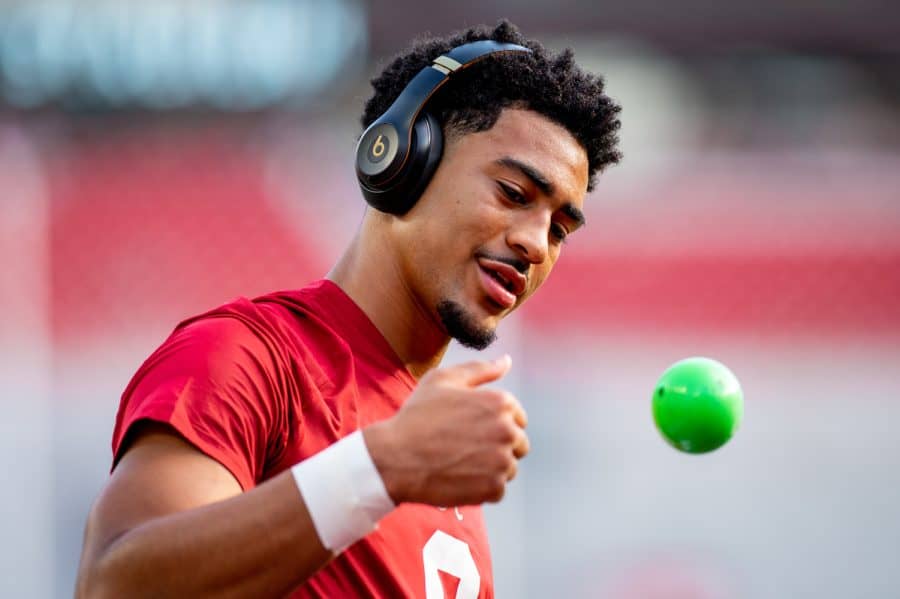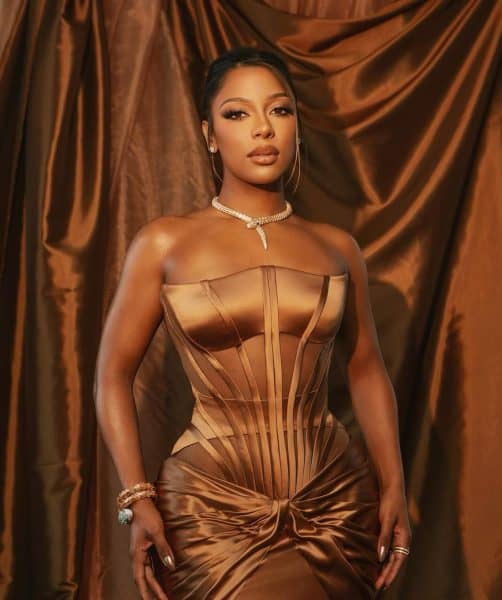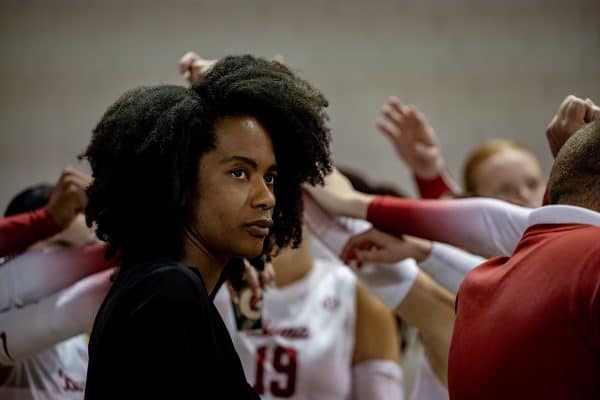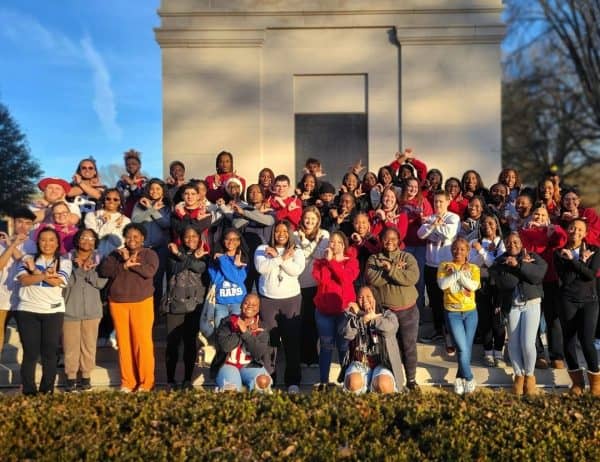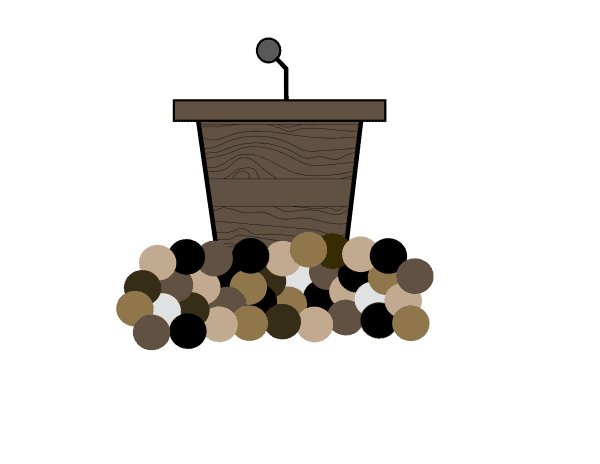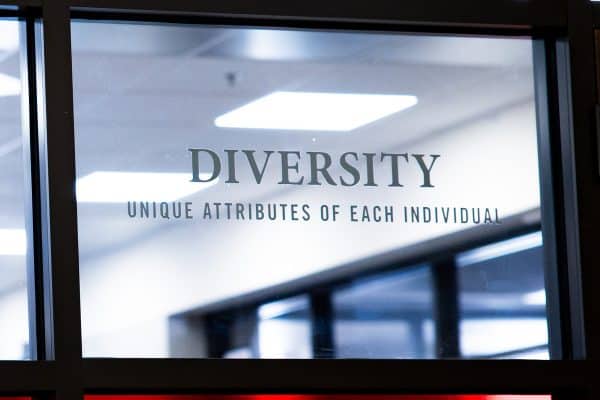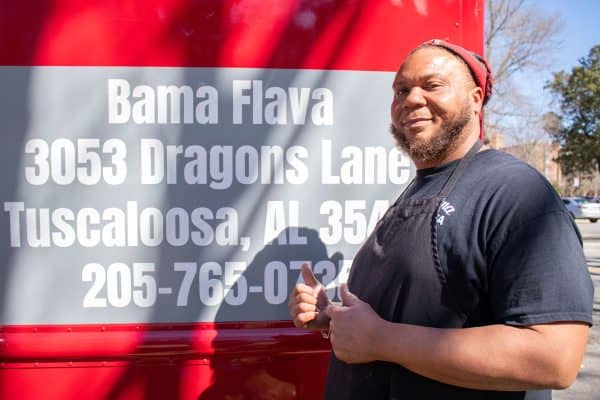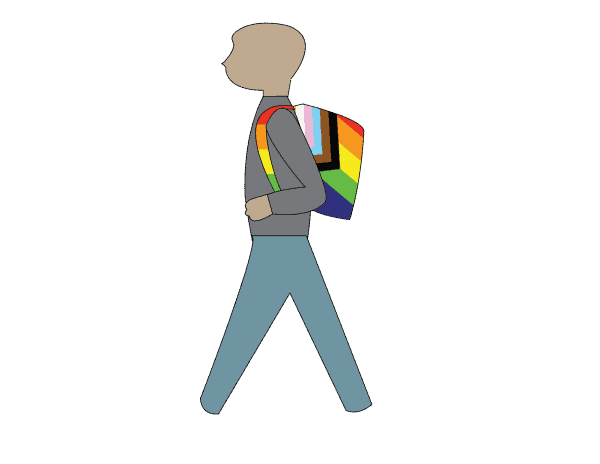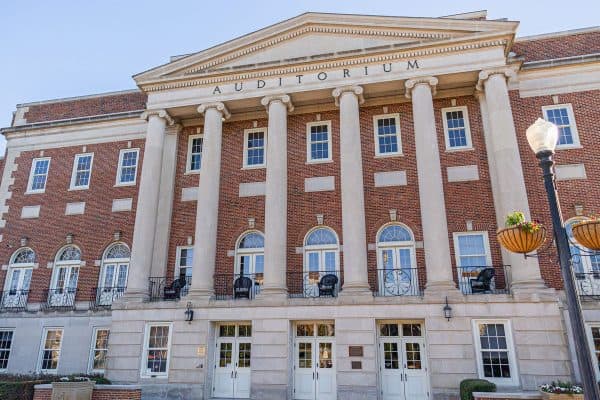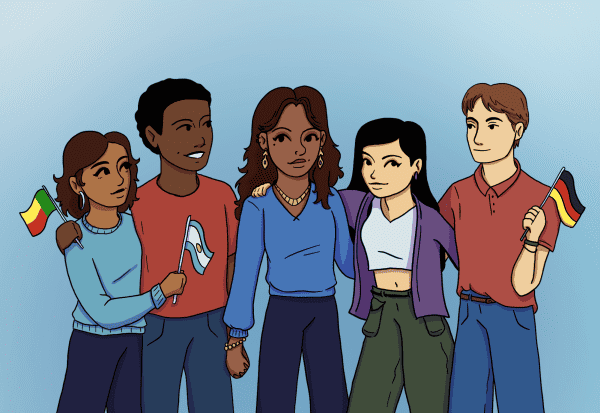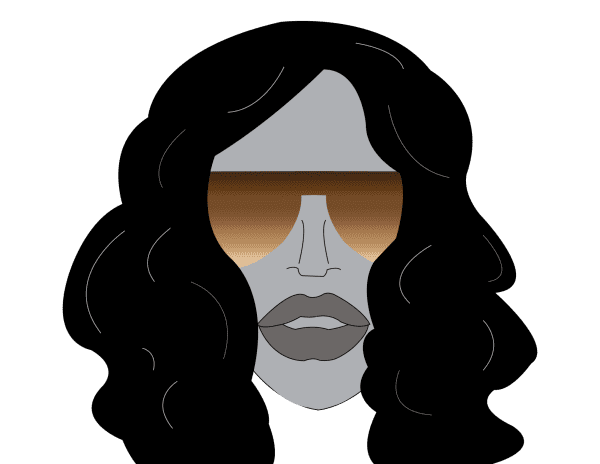A Player’s Worth: The exploitation of Black athletes and the rise of NIL
October 20, 2022
Many colleges have a long history of exploiting Black athletes for their talent, even going as far back as 1906 when the NCAA was established.
Many of these athletes come from a less fortunate background — 86% coming from below the poverty line — and schools use that knowledge to promise money, notoriety and a better future. Schools are then able to make a large profit off of their likeness through merchandise, while much is not seen by the player.
The NCAA placed many restrictions on player deals to keep a tight grip on players and their potential revenue. To many young Black men, college appears to be impossible because of a lack of grade credentials or monetary wealth, thus scholarships provided by the school seem to be the only option for long-term benefits.
One such circumstance was with former University of Central Florida kicker Donald De La Haye, or “Deestroying” as he’s known on YouTube. In 2017, De La Haye became a prominent figure on the video sharing app. The NCAA caught wind of it and told him that in order to keep playing football, he would have to shut down his account and stop posting videos.
De La Haye chose YouTube, and it ended up being a good decision. He now has 4.8 million subscribers and makes millions of dollars from posting his content.
If he had faced this dilemma just five years later, he wouldn’t have had to choose, because of name, image and likeness rights.
As of June 2021, the NCAA set up various rules for collegiate athletes to profit off their name, image and likeness. These NIL deals gave many players much needed recognition and money and loosened the grasp that the schools held on their image. The University of Alabama’s star quarterback, Bryce Young, is reported to have the largest amount of NIL profit in the country — around $3.2 million worth — partnering with Nissan, Beats by Dre and Dr. Pepper. Young continues to generate revenue through frequent commercials and social media posts.
In 2021, in the NCAA v. Alston court case, the Supreme Court decided unanimously in favor of student-athletes and NIL.
“Traditions alone cannot justify the NCAA’s decision to build a massive money-raising enterprise on the backs of student athletes who are not fairly compensated,” Supreme Court Associate Justice Neil Gorsuch said in the concurring opinion. “Nowhere else in America can businesses get away with agreeing not to pay their workers a fair market rate on the theory that their product is defined by not paying their workers a fair market rate.”
His counterpart, Associate Justice Brett Kavanaugh, also voiced his support for student-athletes to make money off their talents.
“The NCAA is not above the law,” Kavanaugh wrote. “The NCAA couches its arguments for not paying student athletes in innocuous labels. But the labels cannot disguise the reality: The NCAA’s business model would be flatly illegal in almost any other industry in America.”
Standout players from various schools are signing deals outside of their school, some even before they step foot on a college campus. These are extremely beneficial as many athletes are valued at more than $1 million when they often live below the poverty line.
“For some Black kids, football and basketball is all they have for their future, and they don’t have time to wait until they go to the league to make money,” said Gabe Kunce, a senior majoring in mechanical engineering. “NIL is important so that players can get the money they deserve.”
Earning that money early can support their family immediately as opposed to waiting for the slim chance that they go to professional leagues and generate wealth.
“On one hand, if they do well enough, they’re bound to get paid in the NFL anyway,” said Spencer Lott, a junior majoring in public relations. “And that may be a huge influx of cash for an 18 year old, but not being paid for their hard work is terrible and needs to happen. Regulations may be something to be looked into.”
The substantial number of deals being made has brought open the discussion of bringing back NCAA-sponsored video games. Up until 2013, there were countless college football, basketball and even baseball games. Tons of money was being made, yet none of the athletes were being paid for appearances in the games. Why? Because for years, developers said that they weren’t technically using the athletes’ name or image — but they sure were using their likeness.
For example, if “NCAA Football 23” was released today, Young would appear as “QB # 9” on Alabama, but would have a near-correct skin tone and hairstyle. Users could add names and customize equipment, so after that was done, there was no more anonymity — or reason for the individuals to not be compensated.
That’s when the lawsuit happened. O’Bannon v. NCAA was an antitrust class action lawsuit by former University of California, Los Angeles basketball player against the NCAA — stating that the NCAA should not be permitted to use a student-athlete’s name, image or likeness for commercial purposes.
Eventually, a $20 million settlement was reached, and since, there hasn’t been a single college sports video game released.
Now that players can be compensated, the games can return.
Alabama football head coach Nick Saban has been a figurehead in promoting NIL. On Sept. 8, Saban was asked if any of his players are jealous of each other based off how much money they are pulling in.
“We have really good team chemistry,” Saban said. “We don’t have anybody that envies what anybody else gets or wants or has because they all earned it, and they created it by [how] they played. And that’s the way it should be.”
Black players have gone years without seeing a paycheck while winning championships and gaining national attention at their schools. NIL grants young Black athletes the opportunity to provide for their families while taking part in a sport they love.
Questions or comments? Email Austin Hannon (Sports Editor) at [email protected]

